Latest Trends in Sustainable Interior Design
Sustainable interior design has become more than just a passing trend—it’s an essential approach for building healthier and more responsible living spaces. Homeowners and designers alike are seeking ways to reduce environmental impact while still creating visually stunning and functional interiors. The latest trends focus on reimagining materials, energy efficiency, wellness, and mindful consumption, making sustainability achievable and aspirational in both residential and commercial environments. Let’s explore how these trends are redefining the possibilities of eco-conscious interiors and what they mean for the future of design.
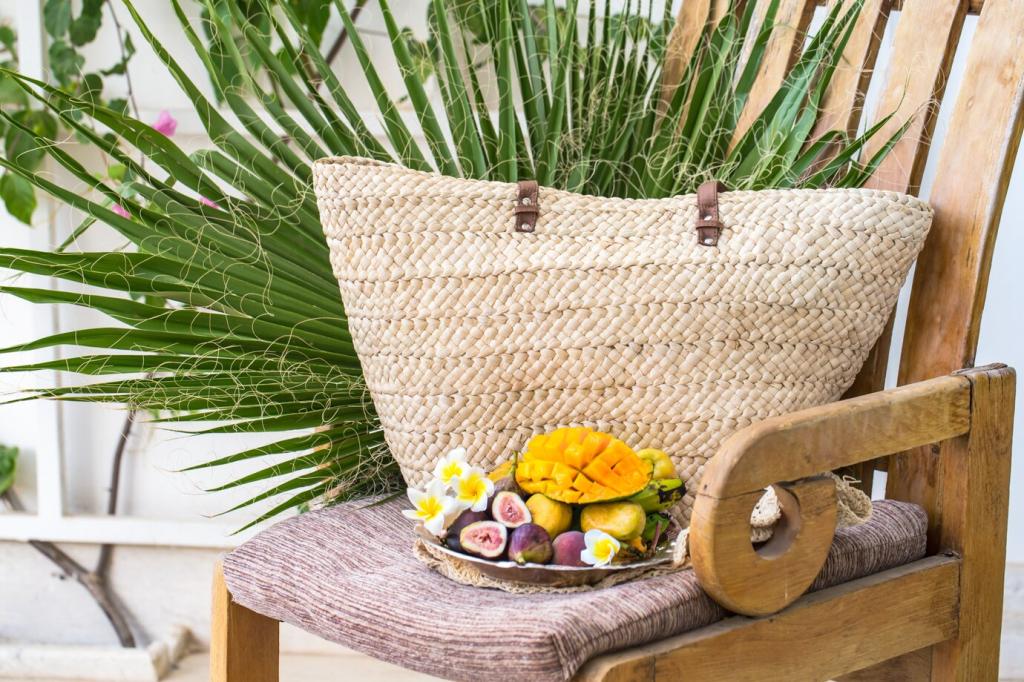
Bio-Based and Recycled Surface Materials
Surfaces like countertops, flooring, and wall treatments are now being crafted from bio-based substances and reused content. Materials such as recycled glass, reclaimed wood, and bio-resins derived from agricultural waste offer both performance and aesthetics while drastically reducing the environmental burden. These choices support circular economies by diverting waste from landfills and minimizing reliance on virgin resources.
Non-Toxic and Low-Emission Finishes
Indoor air quality is a significant concern in sustainable design, leading to the use of paints, stains, and finishes that are low in volatile organic compounds (VOCs) and free from harmful toxins. Advances in this field ensure that colors and protective coatings can be enjoyed without compromising health. Non-toxic finishes also contribute to safer environments for families, especially those with children and individuals with sensitivities.
Modular and Easily Deconstructable Products
Furniture and systems designed for easy disassembly are gaining traction. Such modular products are engineered to be taken apart at the end of their life cycle, with parts recycled or reused. This approach drastically limits landfill waste and encourages ongoing resource recovery. Designers are increasingly considering the full lifecycle of their products, making modularity a key factor in sustainability.
Energy-efficient LED lighting and daylight harvesting systems are transforming how spaces are illuminated. Automated sensors, dimmers, and smart controls adjust artificial lighting levels based on occupancy and natural light, reducing unnecessary energy use. These systems seamlessly integrate with interior aesthetics, proving that sustainability doesn’t require sacrificing ambiance or comfort.
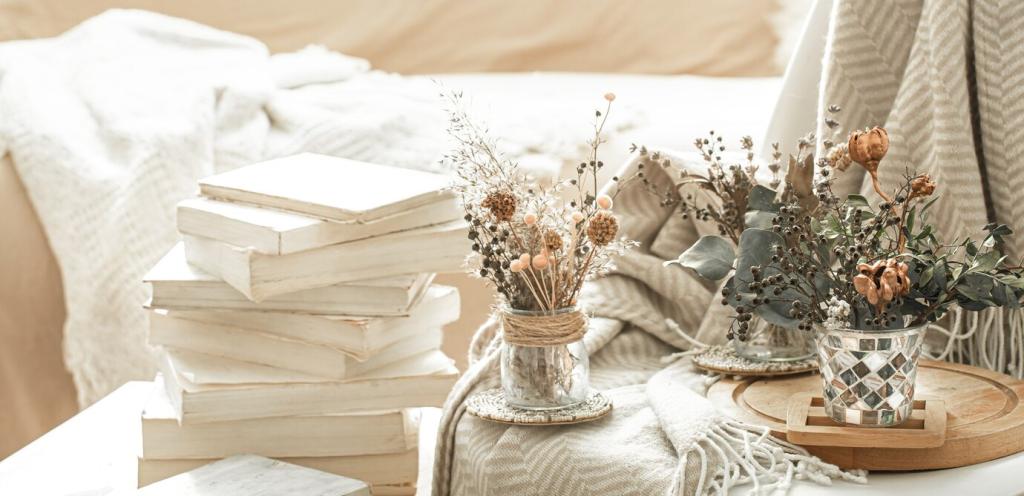
Embracing Second-Hand and Upcycled Furnishings
01
Vintage and Antique Statement Pieces
Vintage furniture and antiques are enjoying a resurgence as essential elements in sustainable interiors. These items not only prevent resource consumption for new production but also offer unmatched character and often superior quality. Weaving in select vintage pieces allows spaces to feel both rooted in history and uniquely personal, supporting sustainability through thoughtful curation.
02
Creative Upcycling and Customization
Upcycling transforms end-of-life items into renewed objects with fresh function and style. Designers collaborate with artisans or take a hands-on approach to reimagine found materials, turning them into bespoke furnishings or artistic features. This creativity not only diverts waste but pushes the boundaries of what is considered beautiful or valuable in interior design.
03
Sourcing from Local Markets and Craftspeople
Opting for second-hand treasures from local stores, flea markets, and craftspeople fosters a regional design economy while slashing the environmental costs of shipping and mass production. Local sourcing strengthens community ties and encourages the appreciation of enduring quality. It reinforces the notion that sustainability is as much about where and how we buy as what we buy.
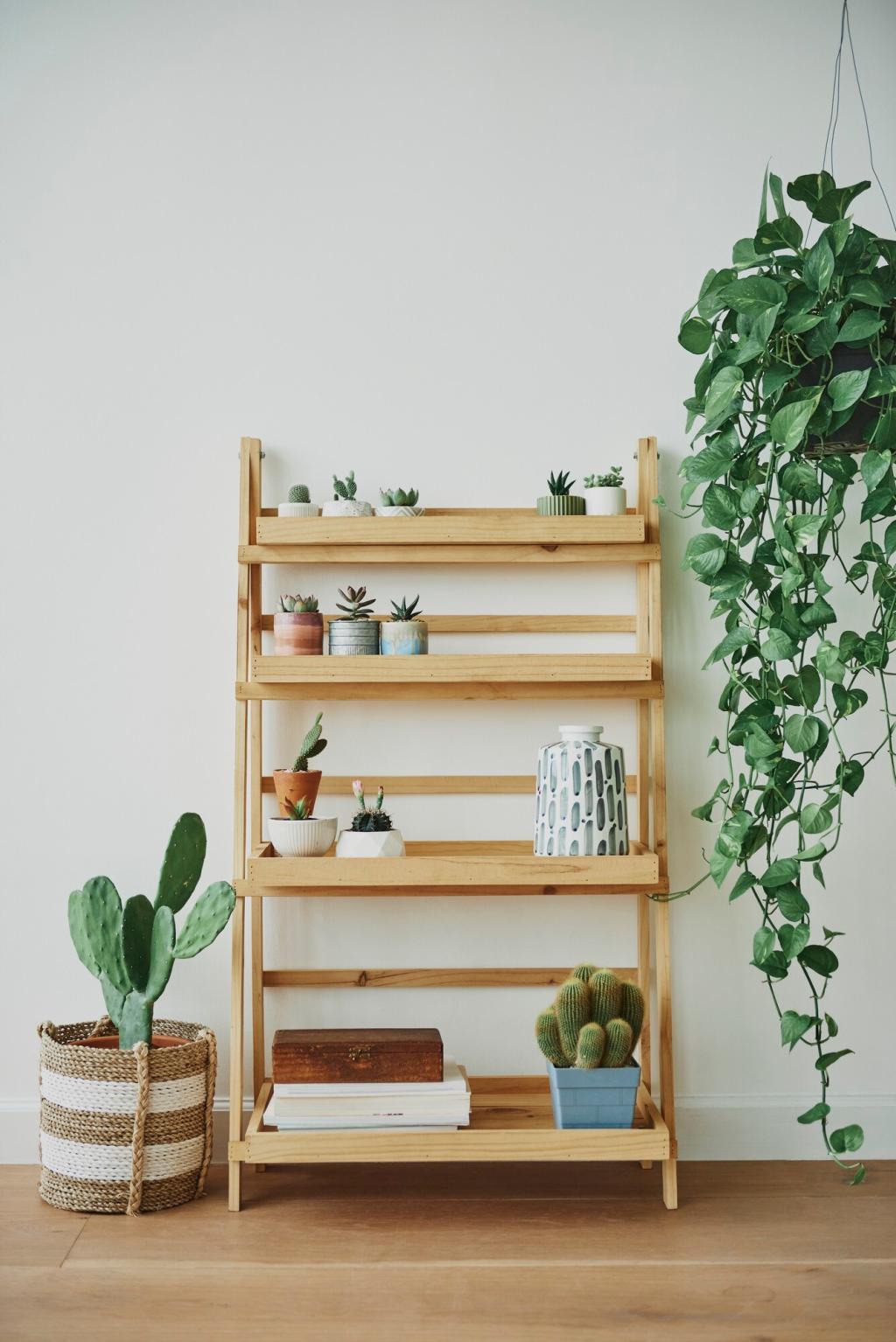
Incorporation of Natural Elements
Bringing greenery into interiors through living walls, potted plants, and indoor gardens purifies air and elevates well-being. Natural materials like stone, wood, and wool are chosen for their tactile qualities and calming influence on the mind. These elements foster a tangible connection to nature, even in urban or compact settings.
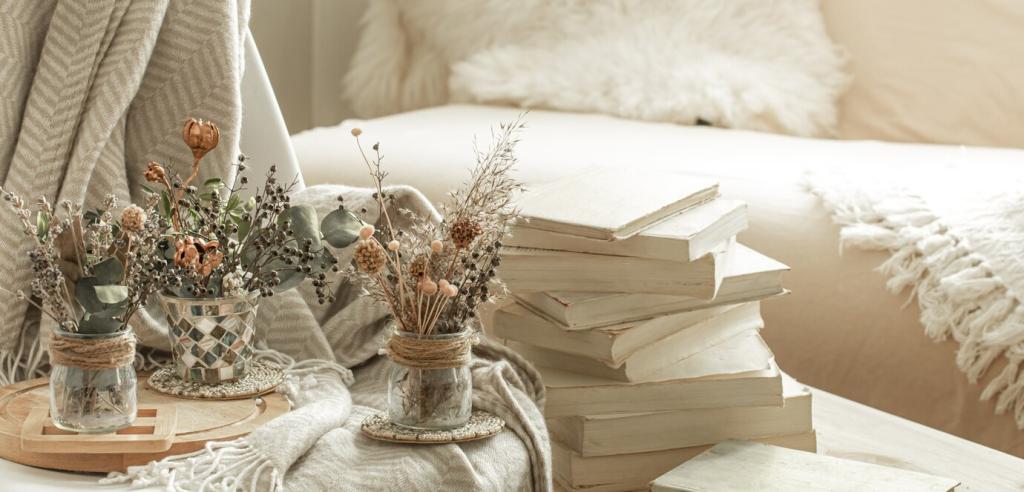
Maximizing Natural Light and Ventilation
Designers are employing strategies to enhance the flow of daylight and air throughout spaces. Thoughtful window placements, skylights, and open layouts reduce dependency on artificial lighting and mechanical ventilation. This not only conserves energy but also aligns with our innate need for sunlight and fresh air, essential for productivity and comfort.
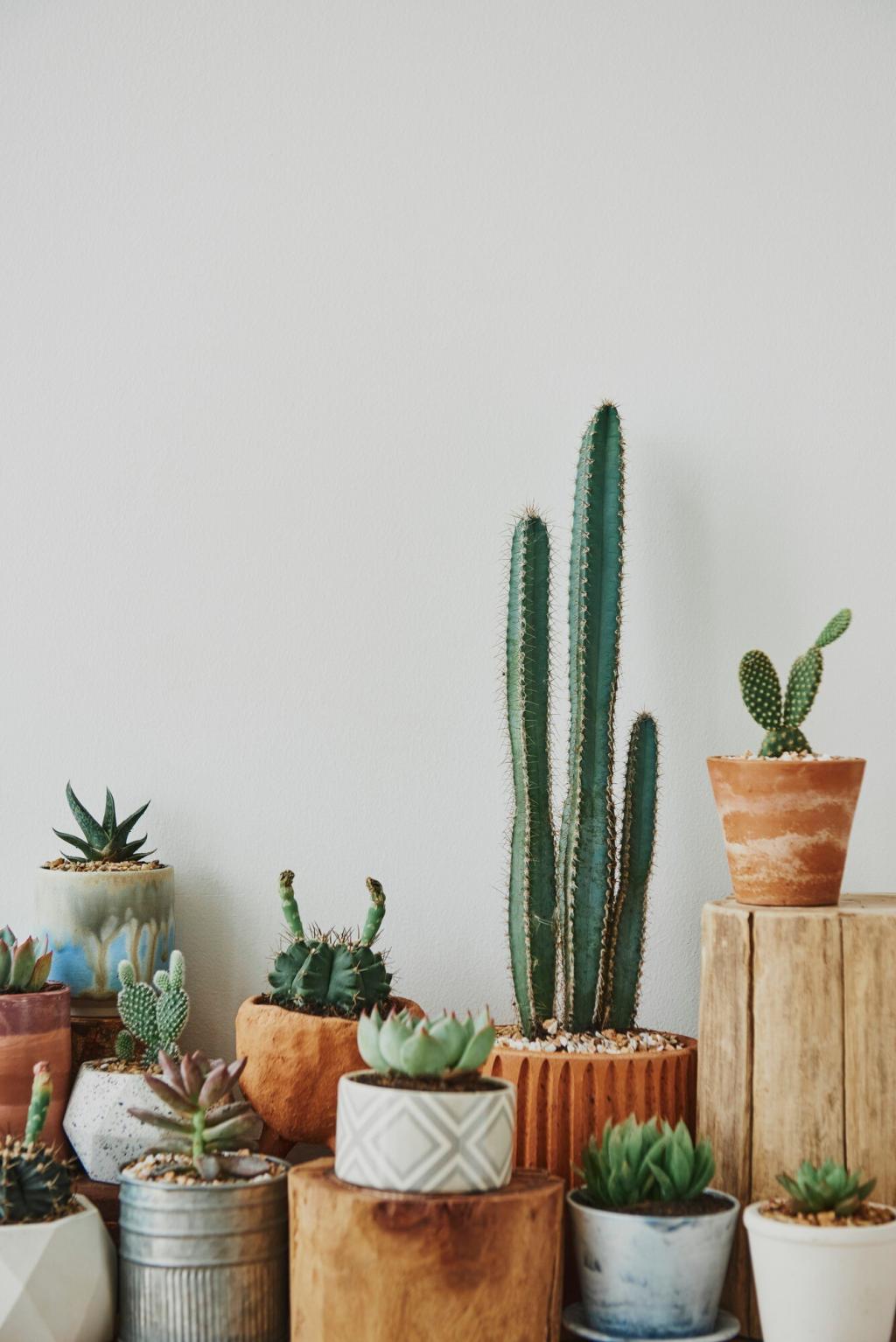
Mindful Spaces for Wellness
Interior design is facilitating dedicated zones for meditation, yoga, or relaxation that reinforce personal wellness. These spaces are thoughtfully crafted with elements such as soft textures, soothing colors, and biophilic motifs, making them inviting sanctuaries in otherwise busy homes. The focus on wellness underscores that sustainability is ultimately about enhancing quality of life.

Previous
Next
Multi-Functional and Flexible Spaces
Adaptable Furniture Solutions
Space-saving, multi-purpose furniture—such as sofa beds, nesting tables, or expandable dining sets—maximizes the utility of every square foot. These pieces support evolving lifestyles, from remote work to entertaining, minimizing the need for frequent replacements. Their flexibility also responds to the growing trend of urban living where space is at a premium.
Reconfigurable Layouts
Open floor plans and movable partitions make it possible to adjust room functions easily in response to shifting requirements. This adaptability encourages longevity in the use of interior layouts, extending the life of a home or commercial space and curbing the impulse for extensive remodeling. Reconfigurable spaces also invite creativity and personalization.
Integration of Technology for Space Optimization
Technology such as retractable walls, smart storage systems, and automated zoning allows interiors to be tailored at the touch of a button. These innovations optimize usability and comfort without unnecessary resource consumption. Advanced solutions ensure that spaces support sustainability goals in both form and function.
